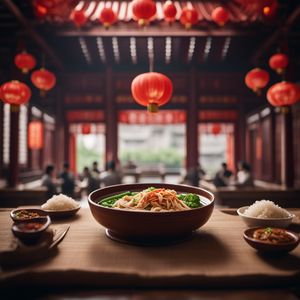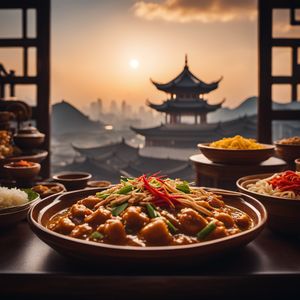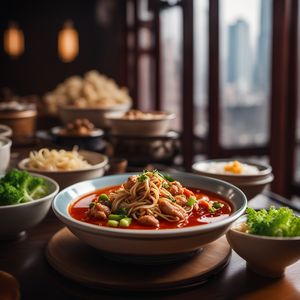
Dish
Pào cài
Pao Cai
Pào cài is made by pickling vegetables such as cabbage, radish, and carrot in a mixture of vinegar, salt, and spices. The pickling process gives the vegetables a tangy and slightly spicy flavor that pairs well with many dishes. Pào cài is a popular side dish in Chinese cuisine and is often served with rice or noodles.
Origins and history
Pào cài has been a part of Chinese cuisine for centuries. It was originally used as a way to preserve vegetables for the winter months when fresh produce was scarce. Today, Pào cài is still a popular way to preserve vegetables and is enjoyed as a side dish with many meals.
Dietary considerations
Pào cài is vegan and gluten-free. However, it is high in sodium due to the pickling process, so it should be consumed in moderation by people with high blood pressure or other health conditions that require a low-sodium diet.
Variations
There are many variations of Pào cài depending on the vegetables used and the spices added. Some popular variations include Pào cài made with radish or cucumber. Some recipes also call for the addition of Sichuan peppercorns or chili peppers for extra flavor.
Presentation and garnishing
Pào cài is typically served in a small bowl or dish. It can be garnished with fresh herbs such as cilantro or parsley for added flavor and presentation.
Tips & Tricks
To make Pào cài, use fresh and high-quality vegetables. The pickling liquid should be boiled and cooled before adding the vegetables to ensure proper preservation. Store Pào cài in a cool and dry place for up to several months.
Side-dishes
Pào cài is often served as a side dish with rice or noodles. It can also be used as a topping for sandwiches or salads.
Drink pairings
Chinese tea or beer are popular drink pairings with Pào cài.
Delicious Pào cài recipes
More dishes from this category... Browse all »
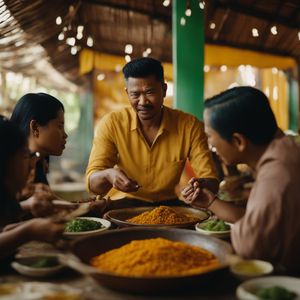
Acar kuning
Malaysian cuisine

Atchara
Filipino cuisine

Baechu-kimchi
Korean cuisine

Baek kimchi
Korean cuisine
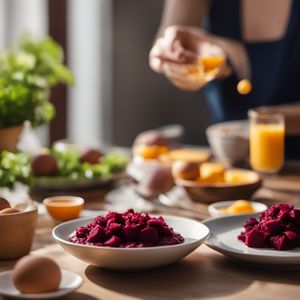
Beet Eggs
Jewish cuisine
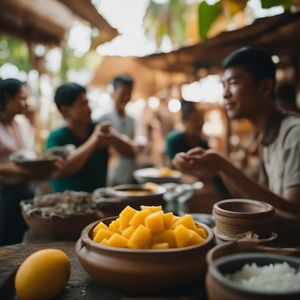
Burong mangga
Filipino cuisine

Chilera
Ecuadorian cuisine

Chinese Pickles
Chinese cuisine


